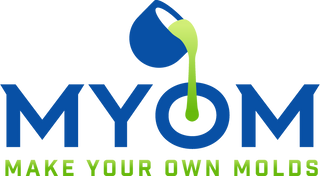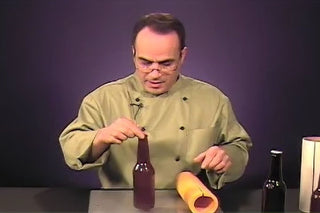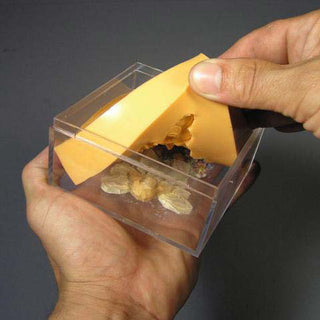How-To
If you're new to making your own silicone molds or are looking to try more difficult moldmaking projects, we offer a variety of instructional videos and step-by-step tutorials to help you out. Learn to make anything from simple to advanced molds, just like a professional!


